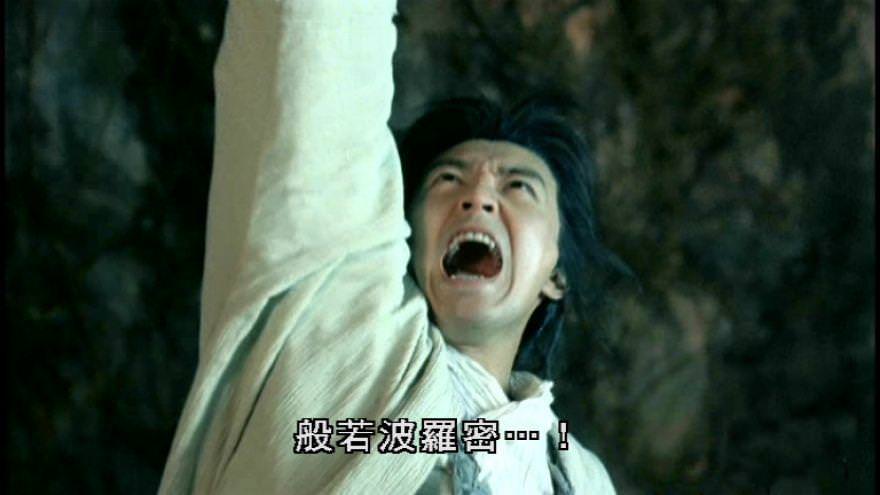「日上三竿」到底是早上多少點?
從吉打Lembah Bujang布央谷開車回家,經過怡保的時候剛好是晚餐時間。
在麥當勞用過晚餐後,發現開車的我好像也有點睏了,於是決定在怡保睡一覺。我們把車開到Bandar Meru Raya,然後跟Casuarina要了一間房間。
隔天早我見小兒子辛円睡到很遲還不願意起床,就拿起手機給他照了一張相1。
原想給照片標上:阿円睡到日上三竿2,大太陽曬屁股還不起身。但,住在我頭腦裡面的另外一個人問我:
三竿到底是:點?
- The timestamp of the photograph was 9:12:09 morning (28 May 2017).
- The explanation given by National Academy for Educational Research of Taiwan 台灣國家教育研究院 is:太陽已上升到三根竹竿相接的高度。表示時候不早了。This explanation suggests that ‘三' (three) is to be interpreted vertically and absolutely, instead of umbrally and relative to the physical pole. Given the fact in the phrase 三竿 (three poles) was recorded by an observatory officer, it is unlikely that the former intepretation is correct.

於是我便上網查了一下該成語的出處:「日上三竿」應該是出自《南齊書・天文誌上・日光色》的一段話。《南齊書・天文誌》是南齊政府天文局官員根據每日的觀測日記整理出來的天文異象報告。《日光色》的第三個記錄是這樣寫道的3:
永明五年十一月丁亥,日出高三竿,
朱色赤黃,日暈,虹抱珥直背。
這段話有三個部分。第一部分「永明五年十一月丁亥」標的是日期。第二部分「日出高三竿」說的是太陽的高度,也就是當時的時間。第三部分「朱色赤黃,日暈,虹抱珥直背」解釋的當時天文局官員觀察到的天象。
我們先說日期的那一部分。「永明」指的是南齊的蕭宣遠先生。蕭先生是在公元483至493期間做皇帝的。永明五年自然是落在公元487年。後面的「十一月」指的是農曆十一月,而「丁亥」是中國傳統天干地支計日系統的寫法,它是一種60模的寫法,所以,「丁4亥14」的值為24。
接著我們用Reingold與Dershowitz的方法把農曆日期換算成格列高曆。其結果是:公元487年12月7日(既該年的第341天,\(d = 341\))。
- 通常我讀文言文的時候都會在頭腦裡面把文字翻譯成英語。因為只有這樣,才能逼我自己將每個字都解讀出來。這段話譯成英語大概是:Sunday. December 7, 487. The shadow cast by the sun is three times the height of the pole. The colour of the sky is between red and yellow. Solar haloes and parhelia are clearly visible.
- Emperor Wu of Southern Qi 齊武帝蕭宣遠 (b. 440, d. 493).
- If we denote 干 with \(\Gamma\) and 支 with \(\zeta\), then we have the following in modulo 60: $$\sigma = \Gamma + 5(\Gamma - \zeta)$$ Thus 丁 + 5(丁 − 亥) ≡ 4 + 5(4 − 12) ≡ -36 ≡ 24 (mod 60). Other examples are:
甲1子1 = 1、癸10亥12 = 60。
根據日影我們可以計算太陽的仰角 \(\theta\),也就是三分之一的反正切6,大概是\(18.4^\circ\): $$\theta = \tfrac{180}{\pi}\tan^{-1}\left(\tfrac{1}{3}\right) = 18.4^\circ$$ 有了\(18.4^\circ\),只要再配上觀測地點的緯度\(\varphi\)和觀測日期\(d\),就能知道時間。
我們假設觀測地點是在南齊國都建康。建康差不多是現在的南京,所以緯度大約是\(32^\circ\):把 $$d = 341, \varphi = 32^\circ, \theta = 18.4^\circ$$ 代7入以下的方程組8,
我們便能得到:$$\omega = 48.2^\circ, \delta = -22.8^\circ, t = 8.79$$其中,\(\omega\)和\(\delta\)分別為時角和赤緯度。所以《南齊書》裡面的三竿指的是 \(t = 8.79\),相等於早上9八點四十七分。
一般來說,「日上三竿」的實際時間是由日期和你身處的緯度的函數決定。在我住的地方(\(\varphi = 3^\circ\)),「三竿」的平均時間大概是七點十七分,所以該成語不適合用做遲起身的同義。
- 「切」讀作qiè而不是qiē,「切」是拉丁語tangere的意譯,第一次出現在明代數學家徐光啓 (b. 1562, d. 1633) 和瑞士人鄧玉函 Johann Schreck (b. 1576, d. 1630) 所編寫的三角學入門書《大測》裡面.
- 當然你也可以直接從勾股定理算出\(\theta\)的正弦值:$$\sin \theta = \tfrac{1}{\sqrt{10}}$$
- Expressions for computing the solar altitude and solar declination are taken from P. I. Cooper (1969) The absorption of radiation in solar stills. Solar Energy 12(3), pp. 333 - 346. See Equations (7) and (8) in p. 336.$$\delta = 23.45 \sin \left(\tfrac{284 + n}{365} \cdot 2\pi \right)$$where \(n\) is the day of the year. In the third equation, \(t\) is the apparent solar time.
- 這個時間,和當時紀錄的橘黃色天空吻合。因為如果時間太晚,不大可能有橘黃色的天空。順便說一下,當時大概是要入冬了。天文局官員當時也看到了日暈。日暈是太陽光經過大氣層裡的冰晶反射和折射的光學現象。






Comments